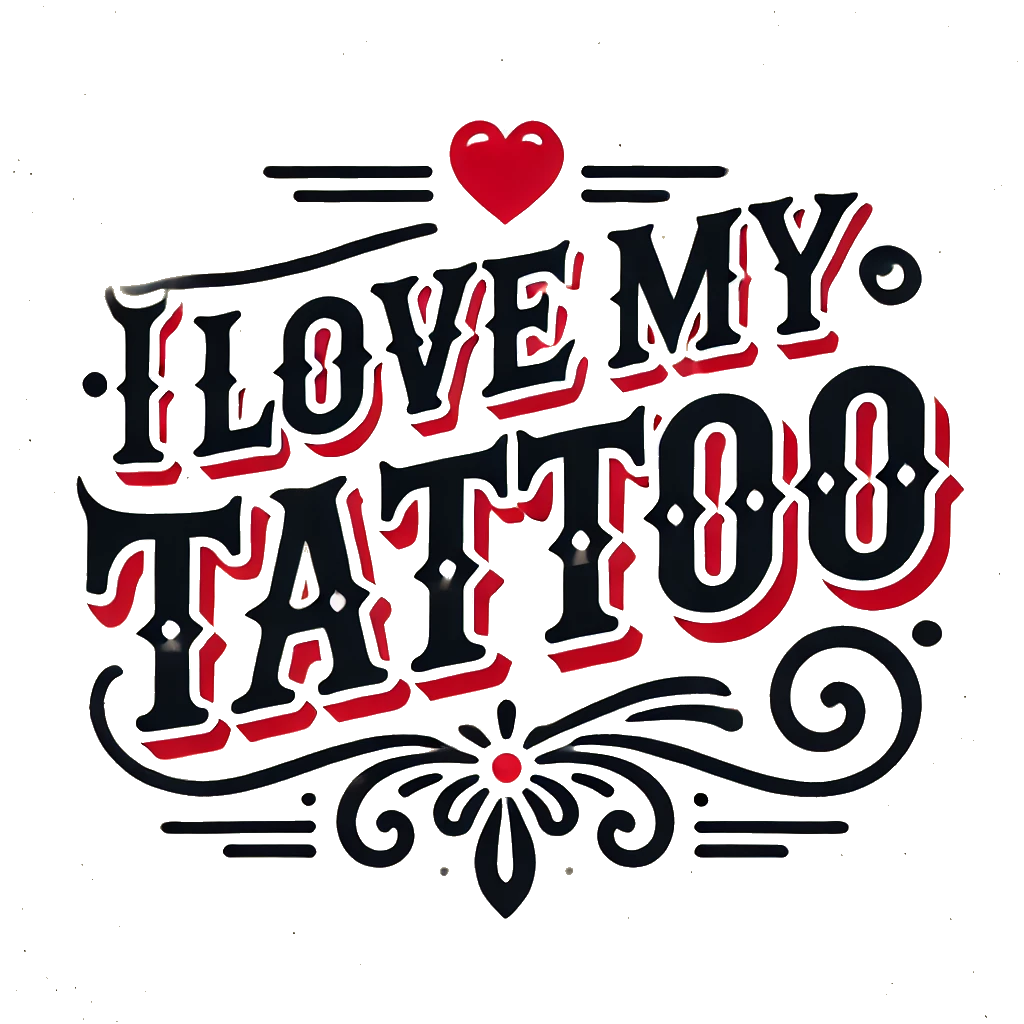Tattooing has been a form of body art and self-expression for centuries, with a rich history that dates back to ancient times. However, in recent years, the art of tattooing has been significantly influenced by advancements in technology. The impact of technology on modern tattooing has been profound, revolutionizing the industry in various ways.
One of the most significant impacts of technology on modern tattooing is the advancement of tattoo machines. Traditional tattooing involved manual tools such as needles attached to a handle, which required skill and precision on the part of the artist. Today, electric tattoo machines have largely replaced these manual tools, allowing for more consistent and precise tattooing. These machines are equipped with adjustable settings that control factors such as needle speed and depth, resulting in cleaner lines and more intricate designs.
Furthermore, the development of digital technology has transformed the design process for tattoos. Artists now have access to sophisticated design software that allows them to create intricate and detailed designs with ease. Clients can also preview their tattoos using digital mockups before getting inked, ensuring that they are satisfied with the final result.
The internet and social media have also played a significant role in shaping modern tattoo culture. Artists can showcase their work to a global audience through online platforms, attracting clients from all over the world. Social media has also enabled artists to connect with other professionals in the industry, share inspiration, and collaborate on projects.
In addition to advancements in equipment and design processes, technology has also improved safety standards in tattooing. Sterilization techniques have become more advanced, reducing the risk of infections and ensuring a safer experience for clients. Tattoo pigments have also evolved, with many artists now using vegan-friendly and cruelty-free options that are less likely to cause allergic reactions.
Overall, the impact of technology on modern tattooing has been overwhelmingly positive. Artists now have access to tools and resources that allow them to push boundaries creatively and deliver high-quality work to their clients. As technology continues to evolve, it is likely that we will see even more innovations in the world of tattooing, further shaping this ancient art form for generations to come.



